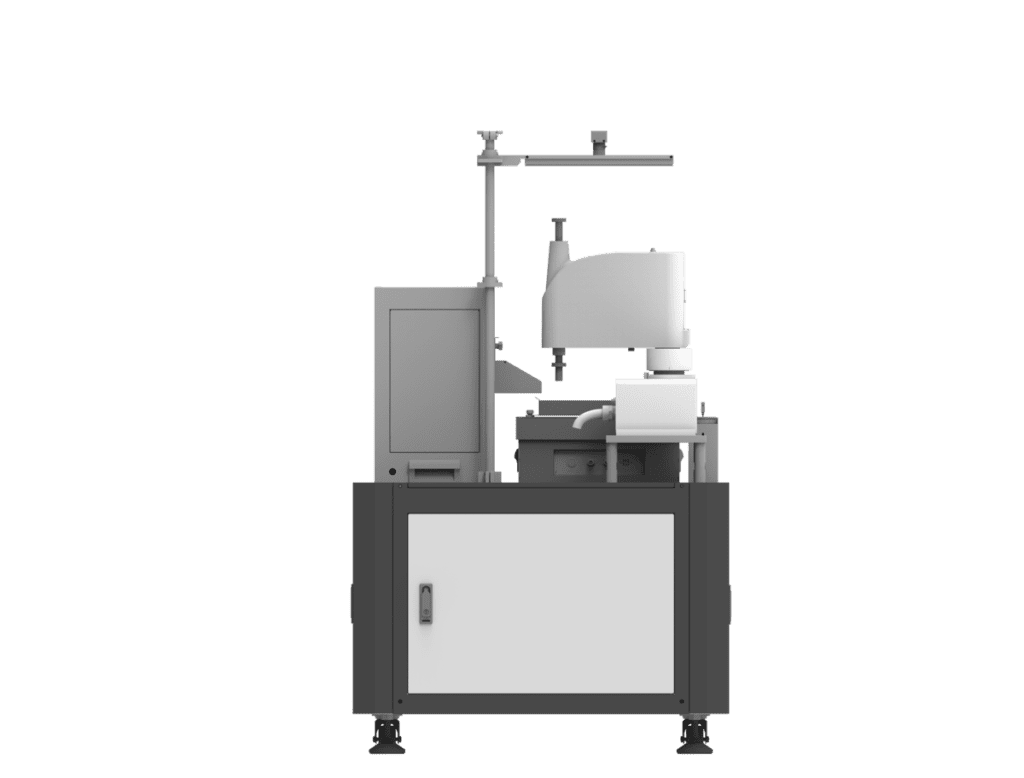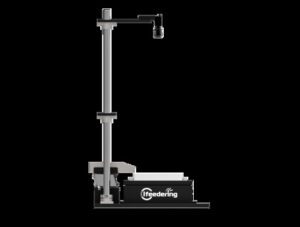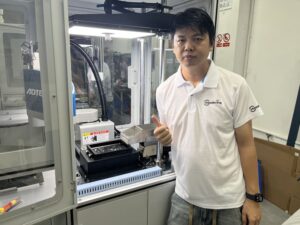Flexible feeders have become increasingly popular in the manufacturing industry due to their versatility, speed, and ease of use. They are ideal for handling a wide range of parts and products of varying sizes, shapes, and materials.
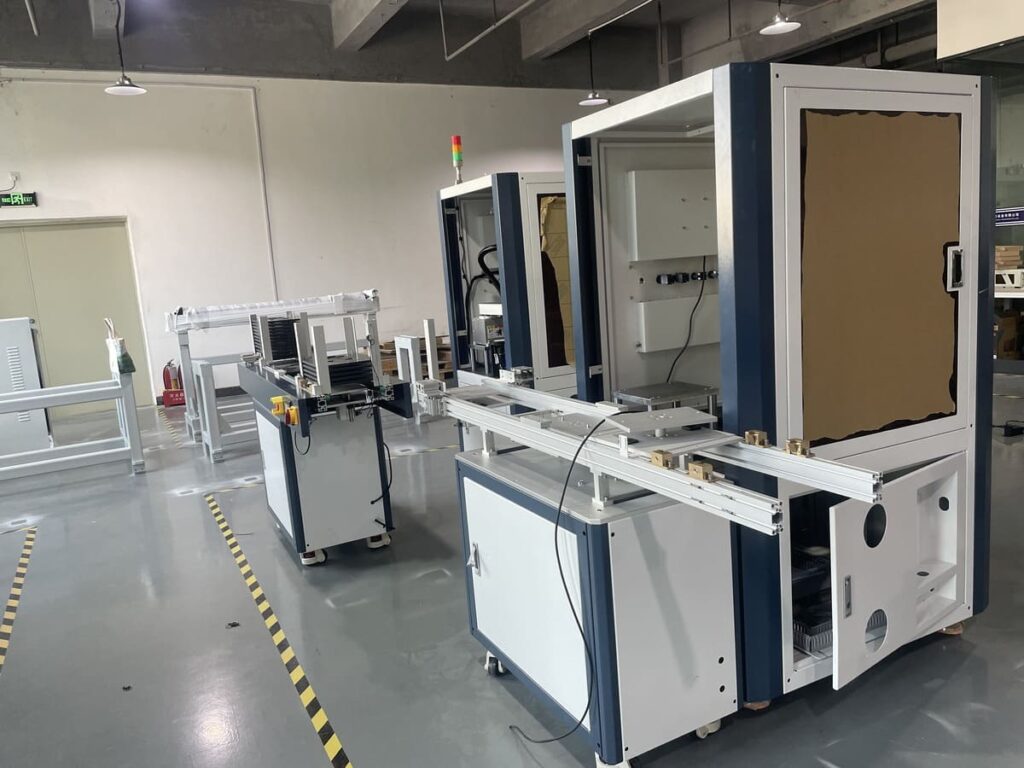
However, like any other technology, flexible feeders can experience a variety of issues that can impact their performance and efficiency.
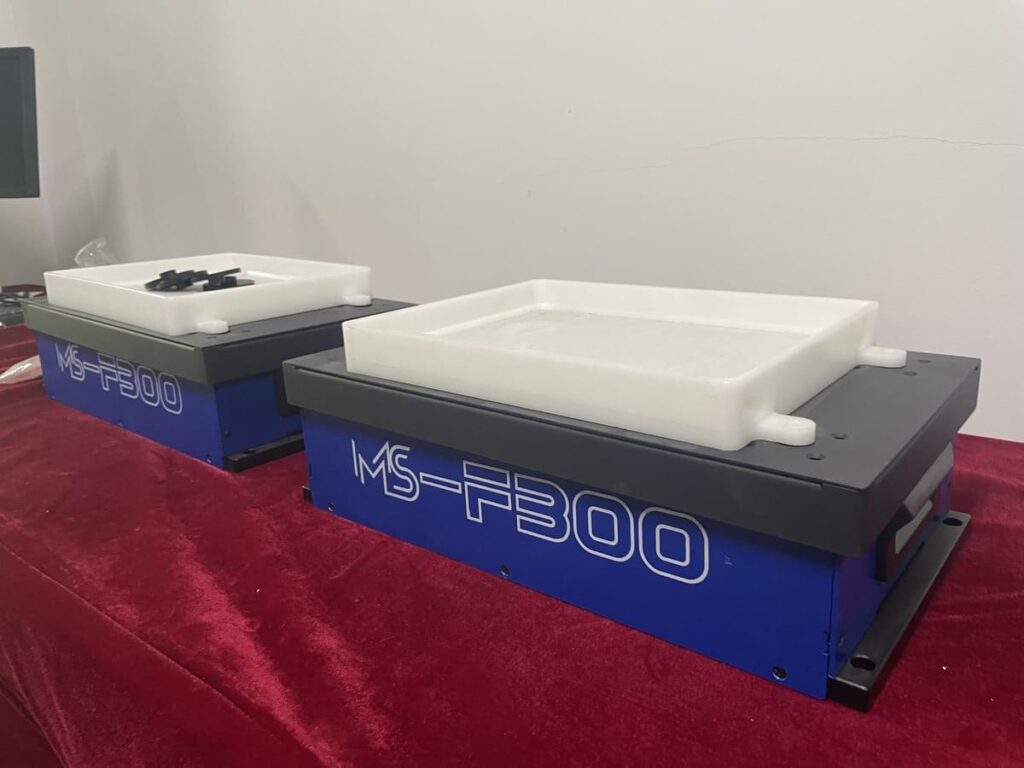
In this article, we will discuss some of the most common issues that can arise when using flexible feeders and provide tips for troubleshooting them.
Common Issues with Flexible Feeders
Part Jamming
Part jamming is a common issue with flexible feeders, particularly when feeding parts that are irregularly shaped or have sharp edges. The parts can get stuck in the feeder and prevent the rest of the parts from flowing through. This can cause downtime and reduce productivity.
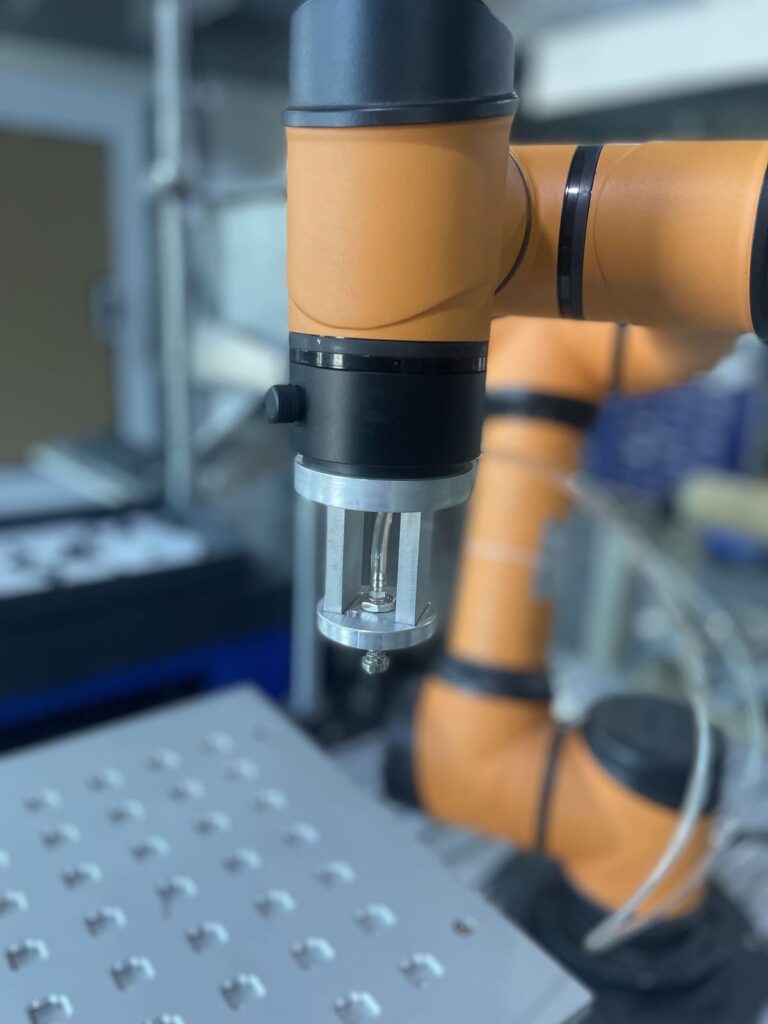
Solution: There are several ways to prevent part jamming. First, make sure that the parts are properly oriented and positioned before they are fed into the feeder. This can be achieved by using a vibratory bowl feeder or a vision system to ensure that the parts are correctly aligned.

Second, ensure that the feeder bowl is properly designed and maintained. The bowl should have a smooth surface and be free of any sharp edges or rough spots that can cause parts to get stuck.

Finally, ensure that the feeder is properly tuned to the specific part being fed. This can be achieved by adjusting the amplitude and frequency of the feeder to match the natural frequency of the part.
Part Damage
Another common issue with flexible feeders is part damage. This can occur when the parts are handled too roughly or when they are fed into the feeder at high speeds. Part damage can result in defective products and costly downtime.
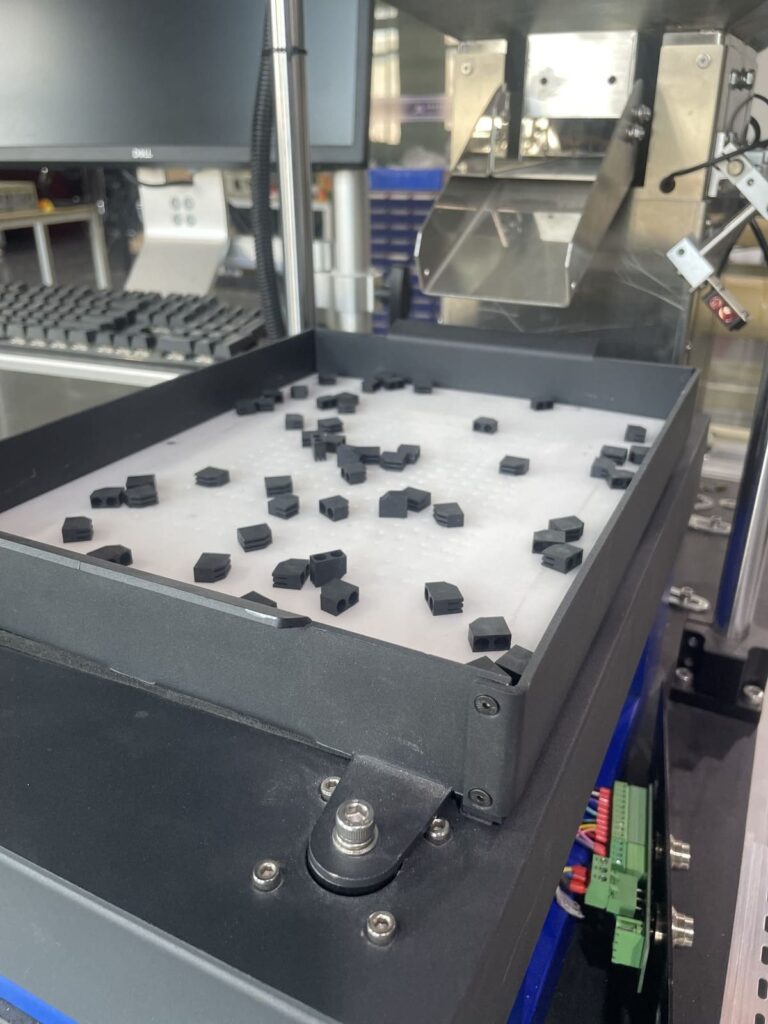
Solution: To prevent part damage, it is important to handle the parts gently and feed them into the feeder at a controlled speed. This can be achieved by using a vibratory bowl feeder or a vision system to regulate the speed and orientation of the parts.

In addition, it is important to ensure that the feeder bowl is properly designed and maintained to prevent parts from colliding with each other or with the bowl itself.
Feeder Bowl Wear
Feeder bowl wear is a common issue with flexible feeders, particularly when handling abrasive materials or parts with sharp edges. The constant contact between the parts and the feeder bowl can cause wear and tear, which can reduce the lifespan of the feeder.
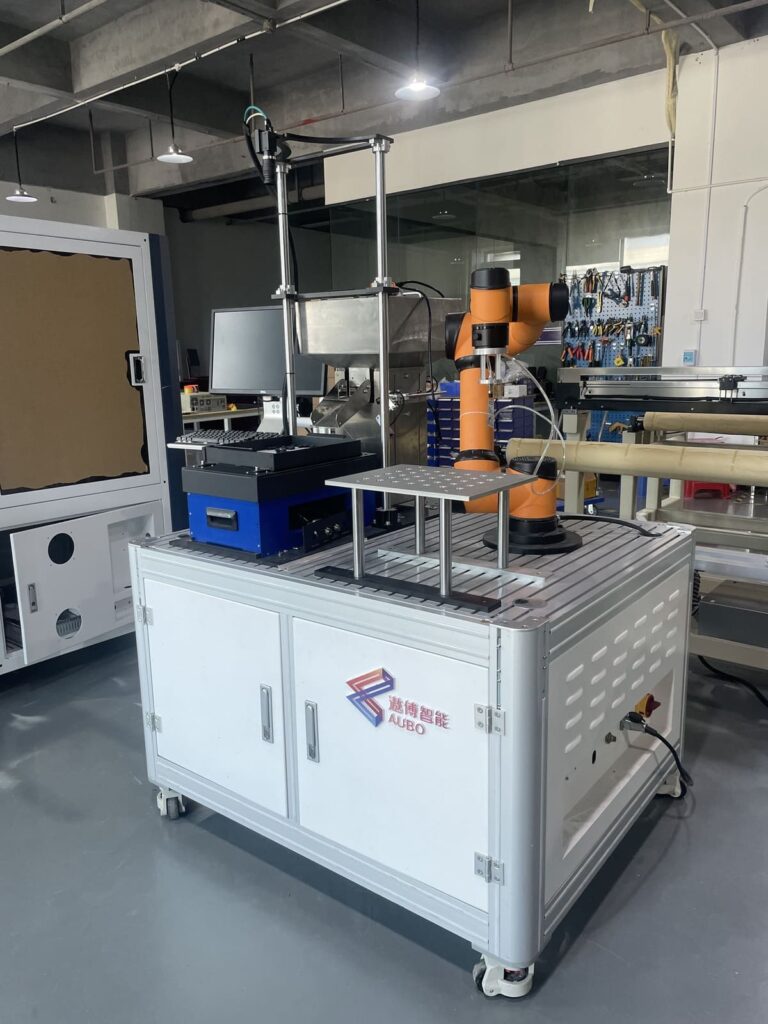
Solution: To prevent feeder bowl wear, it is important to use a bowl material that is resistant to wear and tear. Stainless steel or polyurethane are good options for handling abrasive materials.
In addition, it is important to maintain the feeder bowl regularly by inspecting it for signs of wear and tear and replacing it when necessary.

Vibratory Noise
Vibratory noise is a common issue with flexible feeders, particularly when they are operated at high speeds. The noise can be disruptive to the workplace and cause discomfort to workers.

Solution: To reduce vibratory noise, it is important to properly maintain the feeder by regularly inspecting it for signs of wear and tear and replacing any damaged components. In addition, it may be necessary to adjust the amplitude and frequency of the feeder to reduce the noise level.
Feeder Bowl Overloading
Feeder bowl overloading is a common issue with flexible feeders, particularly when handling small parts that can easily get stuck together. When the feeder bowl becomes overloaded, it can cause parts to spill out of the bowl and disrupt the feeding process.

Solution: To prevent feeder bowl overloading, it is important to properly tune the feeder to the specific part being fed. This can be achieved by adjusting the amplitude and frequency of the feeder to match the natural frequency of the part.

